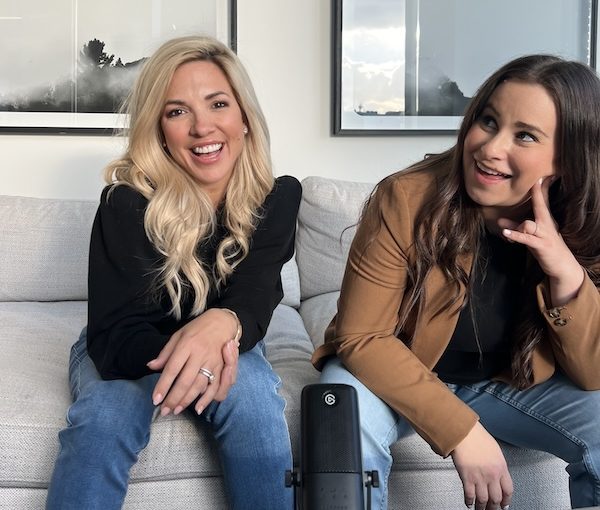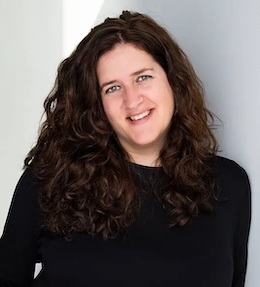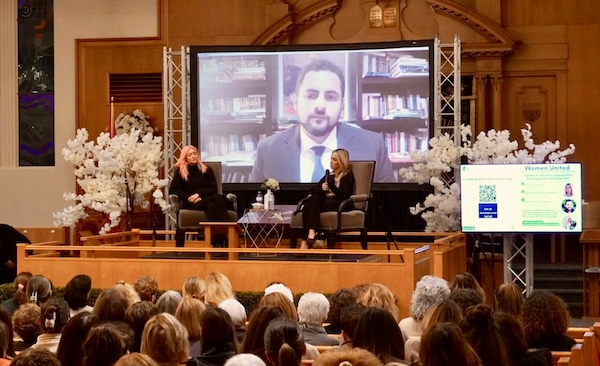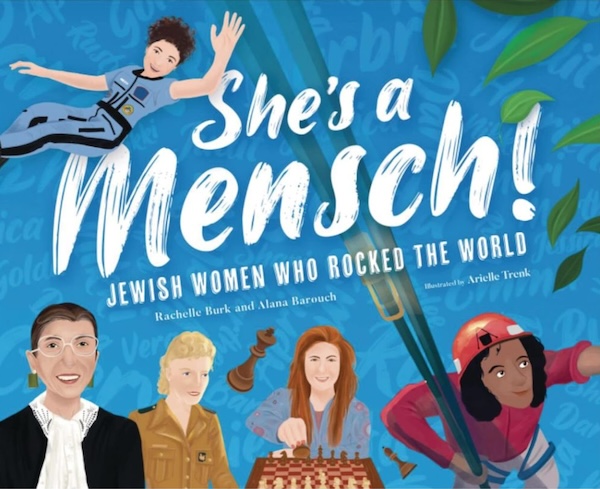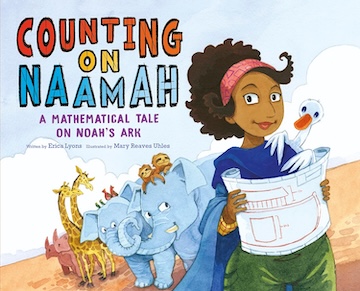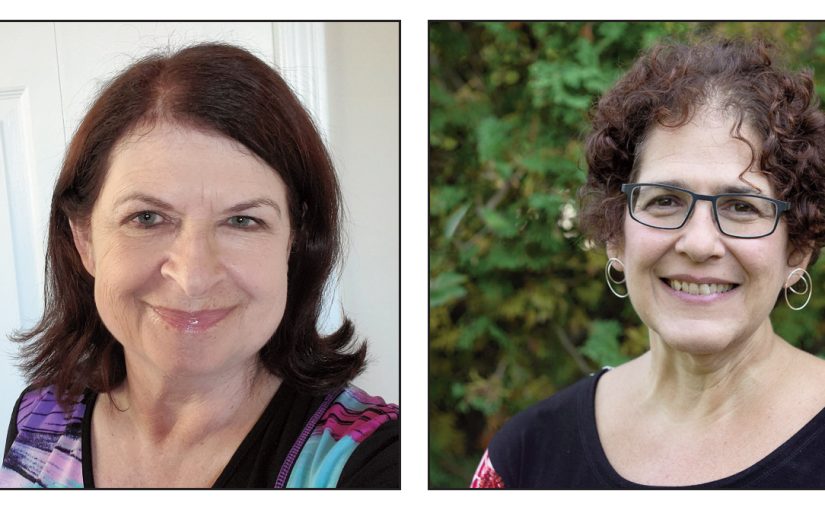On March 3, many stories of heroism were shared at the weekly rally for Israeli hostages, of whom 13 are women, still being held by Hamas. The gathering marked International Women’s Day, which takes place on March 8. (photo by Pat Johnson)
On Oct. 7, Amit Mann, a 22-year-old paramedic, spent six hours treating the wounded and dying in a dental clinic on Kibbutz Be’eri.
“Six hours during which she did not stop treating the wounded, six hours during which she did not lose hope,” recounted Ruth Jankelowitz at the weekly rally for Israeli hostages March 3. “Amit Mann, a Magen David Adom paramedic, treated the wounded at Kibbutz Be’eri with her dedication and heroism with the sounds of gunfire all around her and the threatening voices of the murderers getting closer. Together with a nurse and a dentist … she tried to do everything to save everybody as she had done since she was 13, until the bullets of the vile terrorists hit her, too.”
Mann’s tragic story of heroism was one of numerous shared at the gathering Sunday, marking International Women’s Day, March 8, where speakers called for the release of all the hostages, including 13 women still being held.
Ofra Sixto, owner of Ofra’s Kitchen restaurant, whose pro-Israel activism in recent months has attracted threats and intimidation, led a moment of silence for female victims of Oct. 7.
“The world is angry when women are being raped, abused, disrespected and brutally murdered by men – unless they are Jewish women,” she said. “Then the world is silent, complacent and, at the time, had the audacity to question the acts.
“What gets me the most is the young and old women that support Hamas, knowing what they know of how they treat women in general and our women in particular,” Sixto said. “It’s beyond me.”
Masha Kleiner, an Israeli-Canadian who co-founded NOAH, Nonviolent Opposition Against Hate, said that, for every Jew, “Oct. 7 is absolutely personal.”
“Each and every single one of us knows it could have been me who was tortured and kidnapped and killed,” she said. “I am selfishly lucky that nobody I personally know was killed or kidnapped on Oct. 7, but many of our tribe have been, so this is a personal loss for every one of us.”
Jews worldwide are grieving the loss of life, she said, but Jews lost something else that day and in the months since, she said.
“One other thing that we are all grieving in the post-Oct. 7 world is our illusions, the illusion that the world around us is safe and sane and friendly,” she said. “We grieve, and this grief can be lonely because some people that we considered friends chose to keep their distance and some of them turned their backs on us. But, while this happens, we become so much closer to the people who do have the moral clarity and the courage to stand with us.”
Mirit Murad – an Israeli who came to Vancouver two decades ago and has two nieces, Gal Klein and Ofek Elias, serving as reservists since the onset of the war – urged people to take time on International Women’s Day to honour and celebrate Israeli women, both civilians and soldiers.
“These women are demonstrating unparalleled strength, resilience, resourcefulness, bravery, intellect and protective instincts,” she said. “They embody the very essence of courage, never hesitating to leap into action or shield others from harm.”
The week’s rally took place at Jack Poole Plaza, rather than the usual location at the Vancouver Art Gallery because that space was provided to organizers of Vancouver’s International Women’s Day event.
That event’s theme was Palestinian women and featured images of “activists” including Fatima Bernawi, Ahed Tamimi and others.
Bernawi served a decade in Israeli prisons after planting a bomb in a Jerusalem movie theatre in 1967, which was discovered before detonation. Tamimi is something of a social media star, a young woman who came to prominence as a 16-year-old when a video of her assaulting an Israeli soldier in 2017 went viral. After the Oct. 7 attacks, Tamimi wrote on social media: “We will slaughter you and you will say that what Hitler did to you was a joke, we will drink your blood and eat your skulls.”
“These women are arbiters of Palestinian resistance who advocated for the rights and freedoms of Palestinian people and are continuing to do so every day,” organizers of the Vancouver IWD event said in a statement.
“International Women’s Day belongs to everyone, everywhere,” said Daphna Kedem, organizer of the weekly vigils. “Where are you, women’s organizations? Believe Israeli women. Release our women.”
Israeli women among the hostages still being held by Hamas
Liri Albag, soldier, 18
Noa Argamani, student, 26
Karina Ariev, soldier, 19
Agam Berger, soldier, 19
Shiri Bibas, 32, kidnapped with husband and two children
Amit Esther Buskila, fashion stylist, 28
Carmel Gat, occupational therapist, 39
Daniella Gilboa, soldier, 19
Romi Gonen, dancer, choreographer, medic, 23
Naama Levy, soldier, 19
Doron Steinbrecher, veterinary nurse, 30
Arbel Yehoud, astronomy guide, 28
Eden Yerushalmi, bartender, 24


